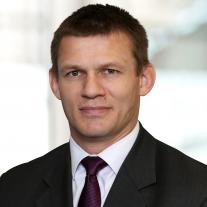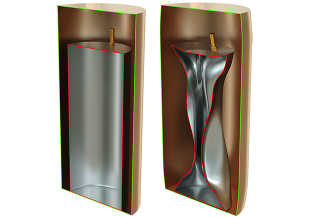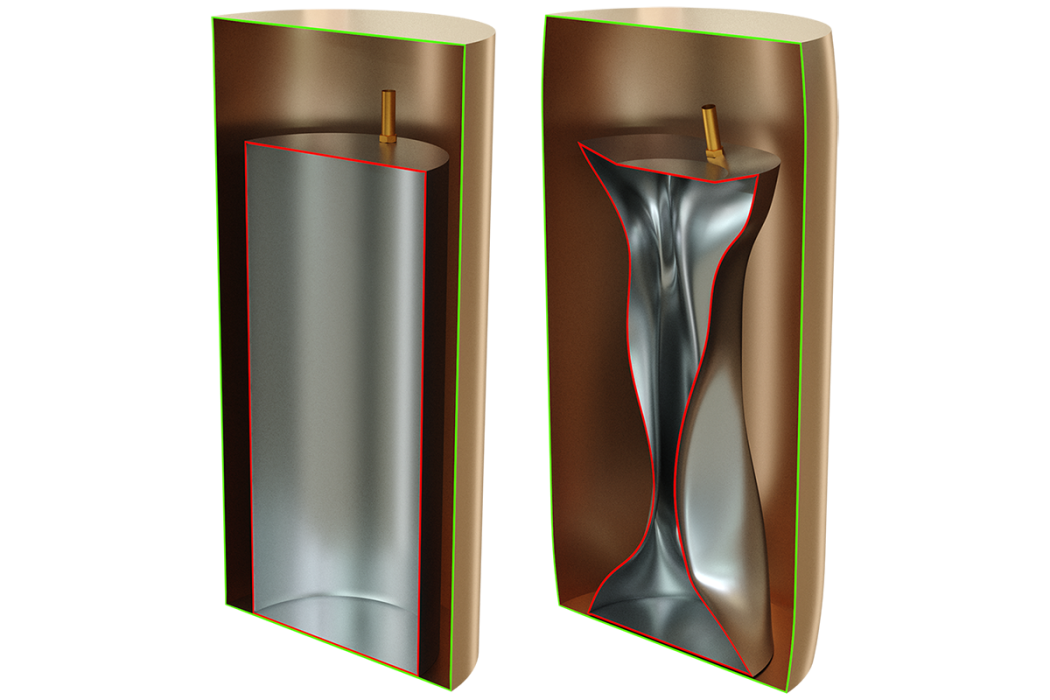News | Stories
Decarbonizing the Power Industry


Fighting climate change is a battle we’re waging on many fronts – from energy generation, storage and use to design and operation of the built environment. Decarbonizing heavy industry, especially the power sector – which produces about a quarter of human-generated greenhouse gases – is one focus of our work on decarbonization and non-carbon energy technologies.
As utilities replace conventional power plants with renewables or upgrade them to clean energy options, we help by performing advanced modeling to determine the best and safest ways to demolish outdated facilities. Sometimes deconstruction is necessary for safety; at other times a designed implosion is optimal. We’re modeling the demolition of two coal-fired units in Asheville, North Carolina, to make way for solar power generation and energy storage facilities.
Long-term storage of spent nuclear fuel and waste is an ongoing global challenge. We’re developing new technologies for better waste management. For one client in the U.K., we’re applying skills in thermal, chemical and structural mechanics – honed by serving military clients – to develop computational models to verify waste container safety (right). The models will allow the client to safely certify multiple design options without having to test every design iteration, saving time and expense. Ultimately, our assessment will help optimize container design, manufacturing and arrangement.
We’re also modeling spent-fuel storage options for micromodular nuclear reactors. These reactors – typically rated at 10 to 500 megawatts – are much smaller than conventional reactors and often replace coal- or diesel-fired plants that are far from any electricity grid. Thanks to their modular construction, they can be built quickly and for about a quarter of the cost of conventional reactors. Their different fuel design is one factor that makes them safer to operate, but their spent fuel still requires a safe storage option.
We’re also working with developers of fusion reactors in the U.S. and U.K., building computer simulations to assess the production rate of tritium, which fuels the fusion reaction. These models are advancing the safety and efficiency of real-time tritium production, and will help optimize the design of fusion reactors. And we’re providing a wide range of engineering services for fusion-power pioneer Commonwealth Fusion Systems (above).

